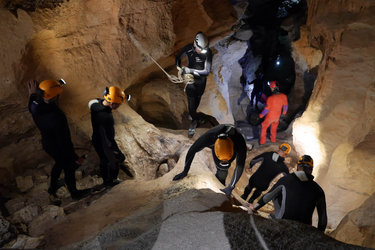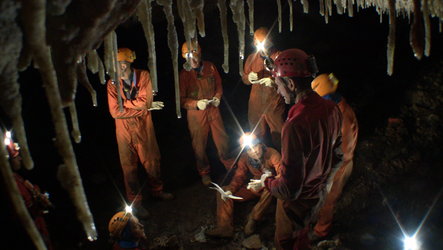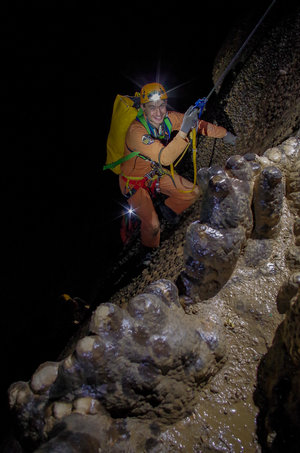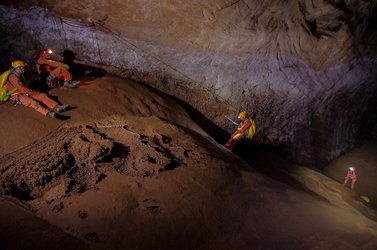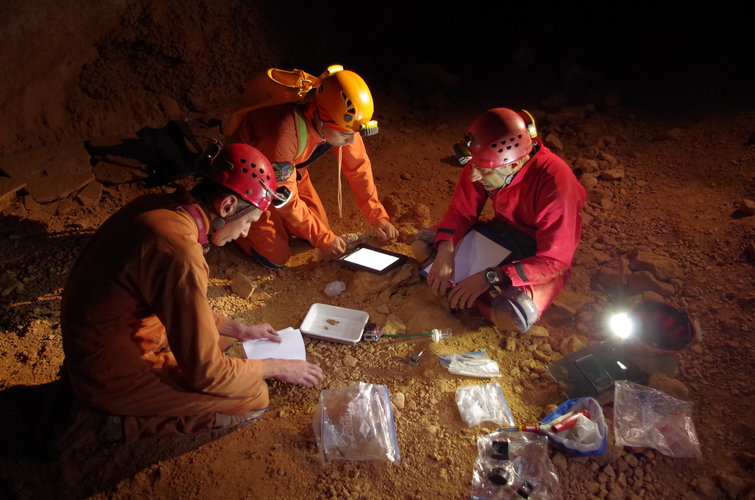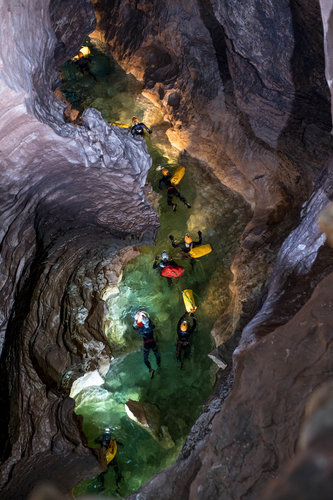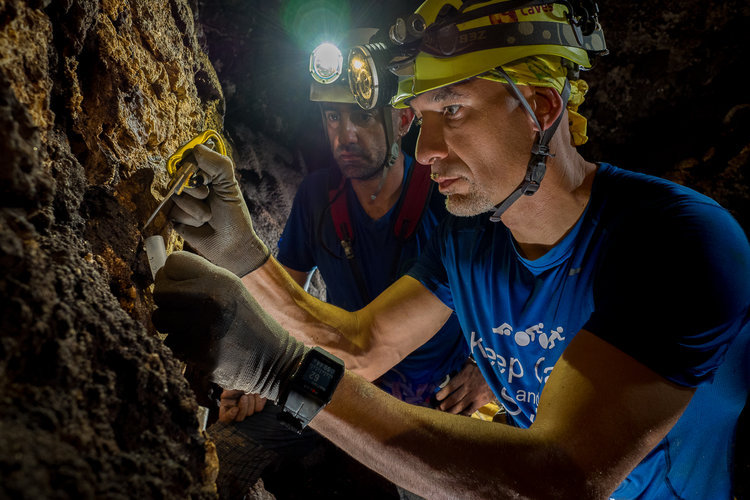Astronauts exploring the depths
Usually, ESA sends astronauts to outer space, but last week six astronauts from around the world spent six days underground to get a taste of working together in extreme conditions.
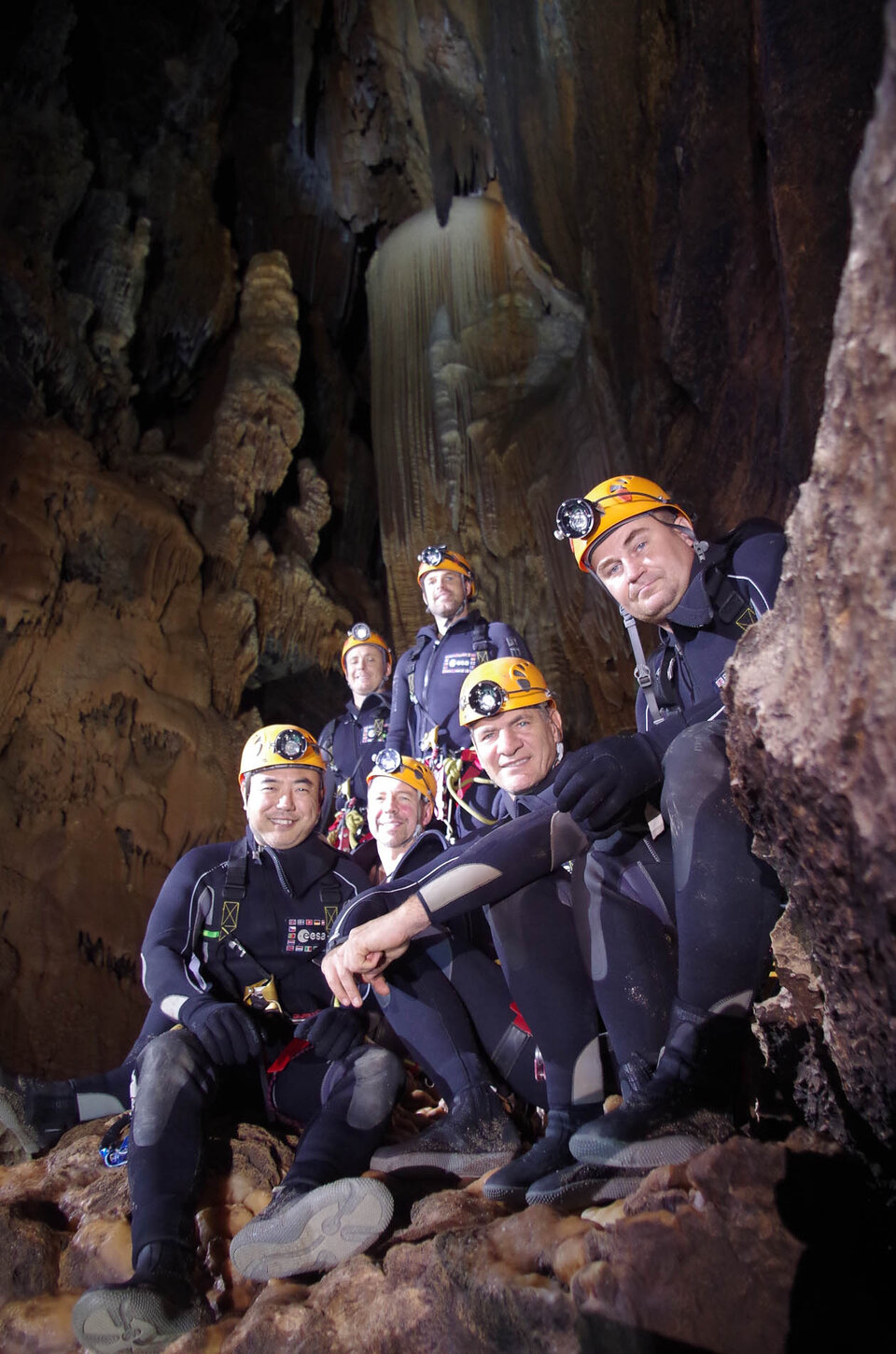
ESA’s caves training in Sardinia, Italy ended with a debriefing, with the astronauts claiming, “This is some of the best, arguably the best, spaceflight ‘analogue’ training we have received.”
Veteran and rookie astronauts worked together and learned from each other on how to conduct science and survive in isolation while living disconnected from Earth’s normal day and night cycle – just like on the International Space Station.
CAVES is not a simulation but a real expedition and the only expedition training on offer to involve astronauts from all Space Station partners.
This year ESA astronaut Paolo Nespoli, Canadian astronaut Jeremy Hansen, Russian cosmonaut Aleksei Ovchinin, Japanese astronaut Satoshi Furukawa and NASA astronauts Mike Barratt and Jack Fischer explored and mapped more of the underground world than ever before thanks to the prototype CaveSniper surveying tool.
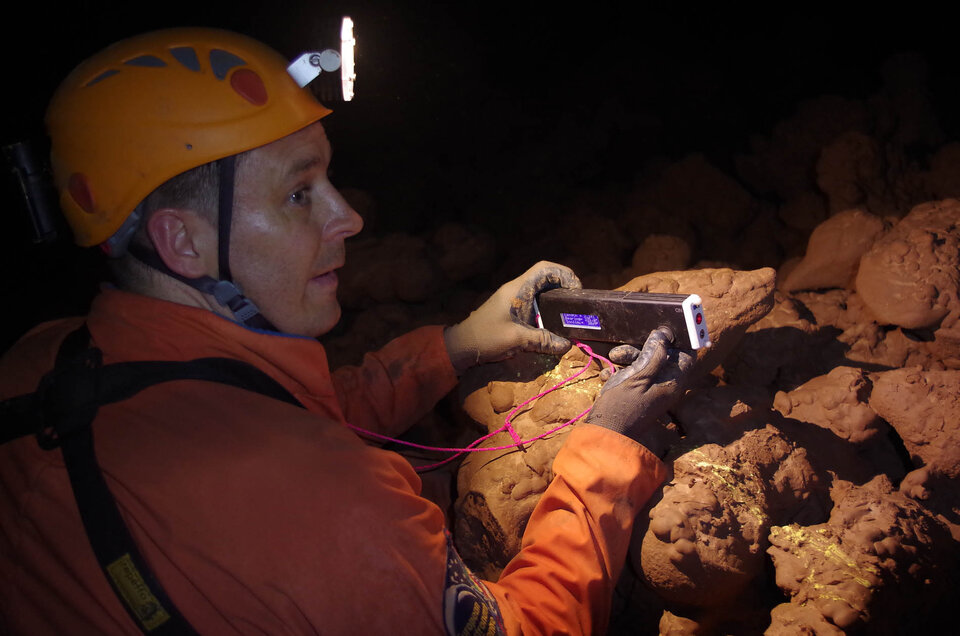
Exploring and mapping a cave is time-consuming and often involves three people: one wields the instruments, one takes notes and one scouts for the next survey location and holds the target for measurements.
CaveSniper combines all these measurements wirelessly and uploads them to a computer for a complete 3D map of the cave, allowing the ‘cavenauts’ to survey almost 1.5 km of galleries this year.
Last year, the cavenauts emerged from the dark with a particularly interesting discovery: a new species of crustacean that had adapted to cave life. It seems that this year’s explorers are not to be outdone: they returned with 11 biological samples and experts onsite think one of the creepy-crawlies is likely to be a discovery.

A study on carbon dioxide levels run by the cavenauts is showing interesting results as well, with unexpected low levels near some of the lakes. Could the chemistry of the surroundings be causing the drop or is the wind in the caves influencing the readings?
The cavenauts have done their job and it is now over to the scientists to analyse the data and publish their results. The astronauts exclaimed in the debriefing: “We are excited to see the results and are happy to have had the opportunity to help push the bounds of scientific discovery.”



